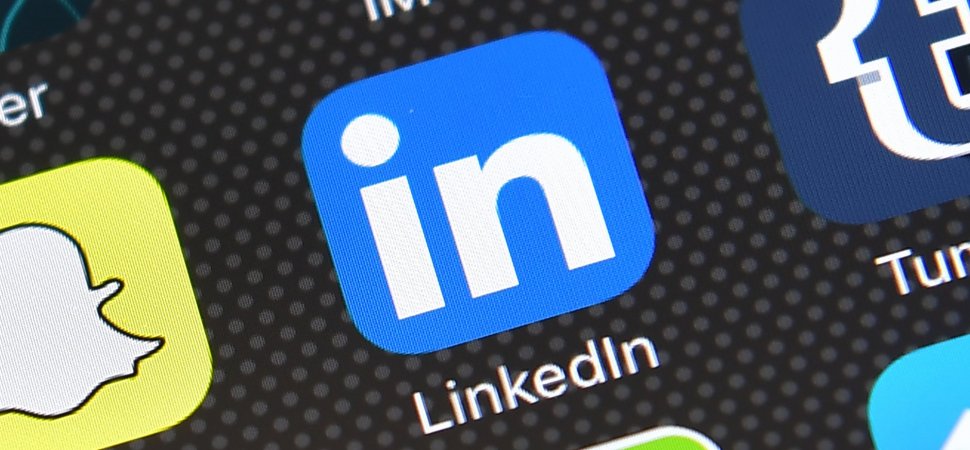I recently attended the Detroit Digital Summit, an annual two-day event where digital marketers from industries across Michigan, Canada and beyond gather to share their best ideas and practices for working in the digital space. It’s one of my favorite conferences because it provides an opportunity to hear from marketing experts across all industries, and to learn how larger and smaller teams are tackling the same challenges we are. This year I took about 10 pages of notes. I was inspired.
One of the sessions I attended was focused on leveraging LinkedIn for thought leadership. Here’s a recap of my notes from that session.

What is thought leadership?
Thought leadership should be connected to your organization’s vision. Sounds simple, right? So how do you know if your content aligns with your organization or professional goals. Ask yourself this: “Is what I’m sharing on LinkedIn truly what I want to be known for? Will it benefit my organization and my professional ambitions?”
Let’s also consider why people use LinkedIn. People go to LinkedIn to read about:
- Industry trends
- Tips/best practices
- Jobs/skills
- Leadership
- Industry events
But that doesn’t mean LinkedIn is only for people in leadership positions or job seekers. LinkedIn is a social media channel for professional learning and development, sharing what you’ve learned, and connecting with people who can help you get a leg up, whatever your line of work is.
This means your LinkedIn content should be:
- Educational
- Relevant
- Up on the latest trends
- Inspirational, or
- Focused on skill development.
So your content meets these requirements but you’re still not sure that it’s working in your favor. Try using SCOR as your guide:
- S – Structure gives it simplicity. Your followers expect a format/structure. This includes how often and when you publish on LinkedIn. Be consistent with what and when you share information.
- C – Sometimes being a contrarian can make you interesting. Do/say what no one else is, but be “right” about it, i.e. educated on the topic. This can include perspectives on unanswered questions or respectfully sharing beliefs that are against the grain — and subsequently being prepared to continue a respectful conversation.
- O – Ownable makes it distinctive. Be distinctive with your brand assets (font, shapes, colors, etc). Use colors or fonts that are not related to your competitors. Own your “look” and “voice” so that your connections automatically distinguish your content from everyone else.
- R – Replication makes it valuable. Don’t share just once and be done. Have something really good to share? Share it again in a few weeks or months.
More Best Practices and Tips
- Add your voice to content you’re already producing. Share/comment on others’ blog posts, news stories, media, etc.
- Try video. Share short candid videos of yourself talking about a topic you’re passionate about. Aim for 30 seconds to 5 minutes.
- Tag other people in your posts.
- Mega-batch your content, i.e. front load the work. Shoot 5 videos in one day to be distributed over time. Write 5 short posts in one sitting then periodically share each one.
- 800-2000 words in an article gets the most engagement.
- Share content in at least 1 or 2 LinkedIn Groups.
- Reposition and repurpose your content – write about the same topic or idea from a different angle and share on other social media networks.
- Look at analytics on your posts. Is this the data you expected? Analyze and adjust.
To talk more about best practices for social media engagement, contact Elizabeth Council, digital strategist at Hope College.

